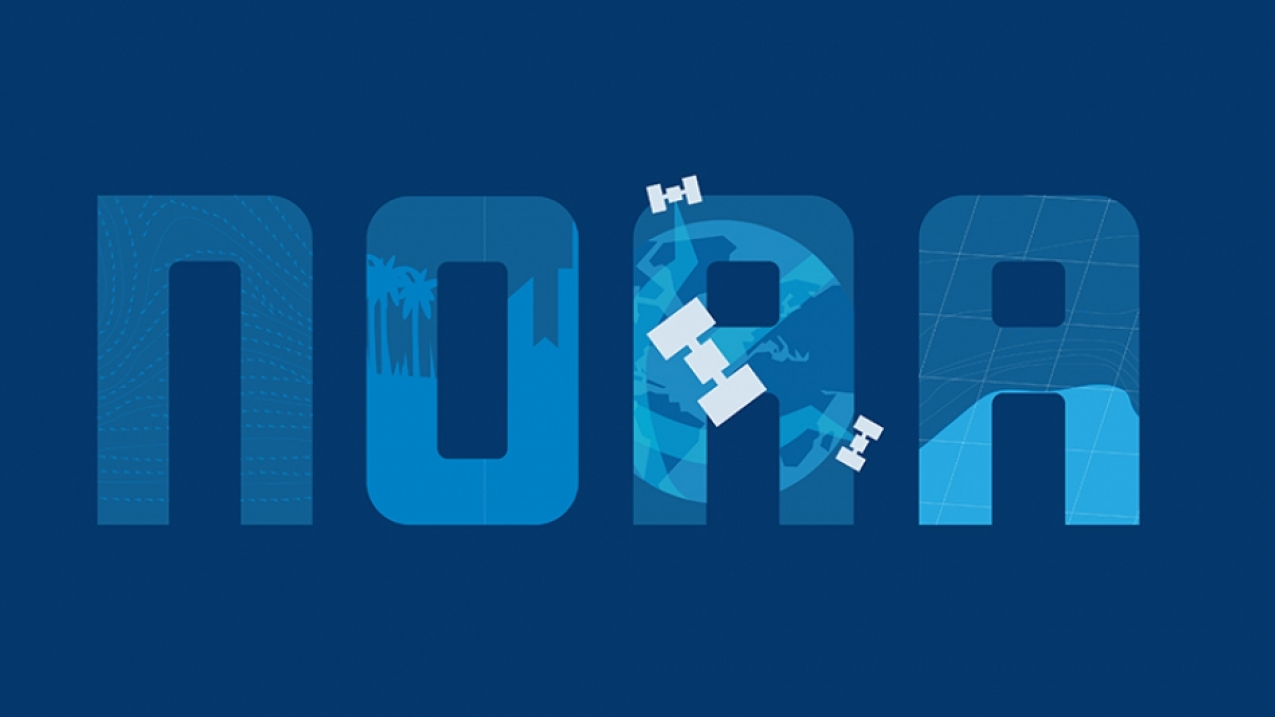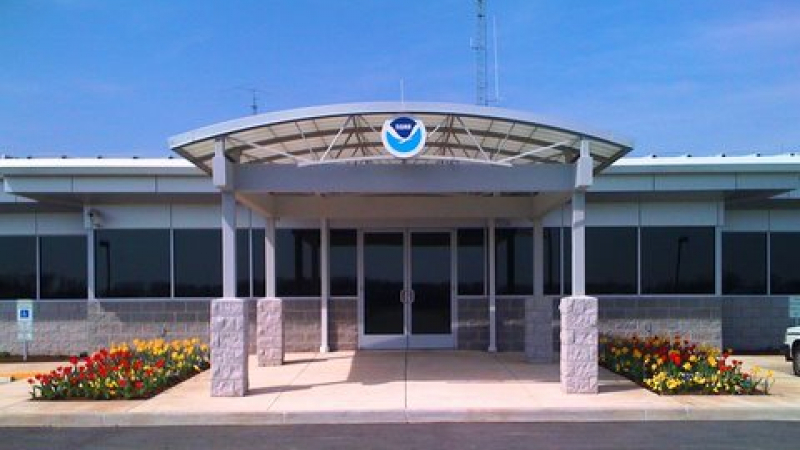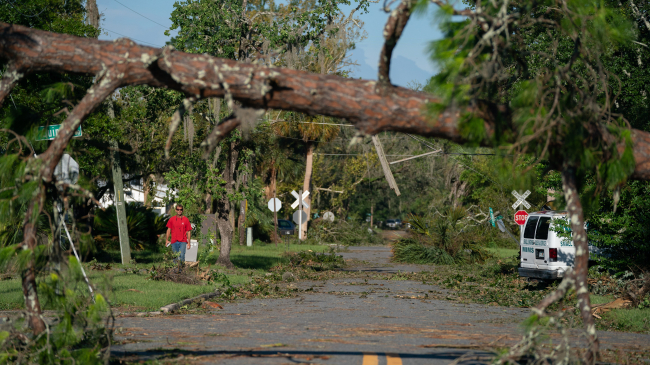Launches new project to enhance weather forecasts and support for D.C., Baltimore
Today, NOAA announced service improvements underway at its forecast office in Sterling, Virginia, which provides weather forecasts and warnings and supports public safety decision-makers in the nation's capital and Baltimore. This is the latest in a series of six pilot projects NOAA launched over the past year as part of its Weather-Ready Nation initiative to improve the country's resilience to extreme weather.

Welcome to noaa.gov (Image credit: NOAA)





